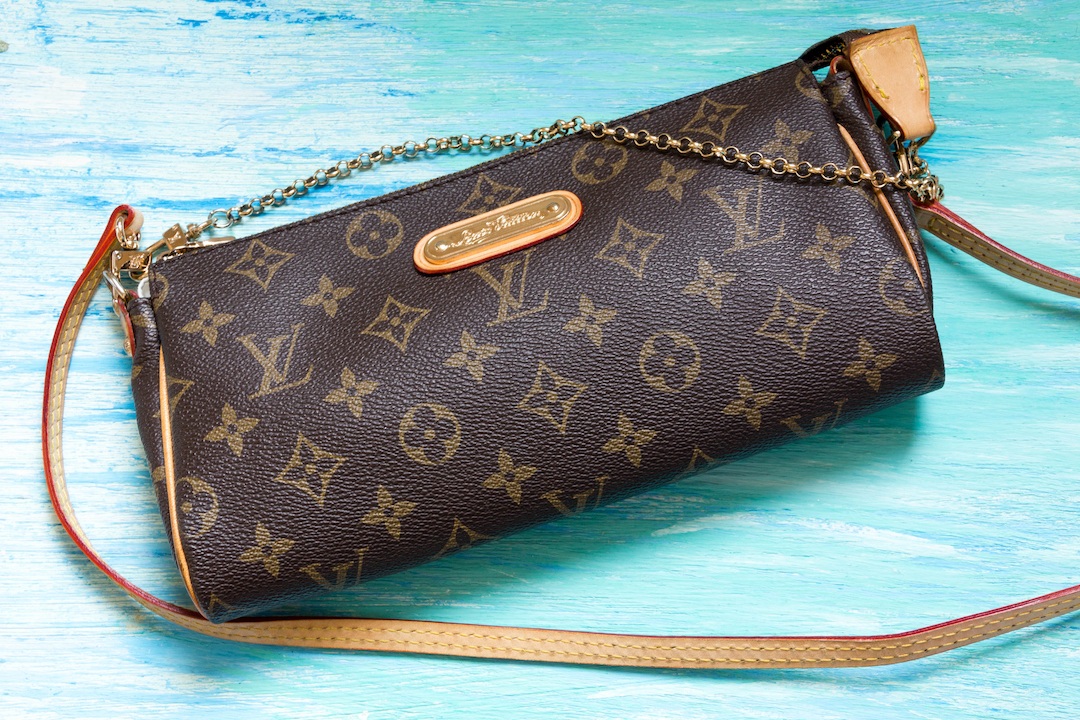More Young Consumers Are Buying Fake Luxury Goods These Days
By Mikelle Leow, 12 Jun 2022

A fake Louis Vuitton bag. Photo 76527147 © Konevaelvira | Dreamstime.com
While many would consider buying fake designer goods to be a taboo, Gen-Z shoppers are feeling more emboldened about purchasing them, according to a new study by the European Union Intellectual Property Office (EUIPO).
Just three years back, only 14% of teenagers and young adults admitted to buying at least one dupe on purpose in the last 12 months of the EUIPO survey.
In 2022, however, that percentage has shot to 37%, according to the office’s study of about 22,000 15- to 24-year-olds. They form the majority of 52% of youths who said they had purchased a fake product, whether deliberate or not, in the past 12 months.
Young consumers who bought counterfeits were most likely to purchase faux designer clothing and accessories (17%), followed by footwear (14%), electronic goods (13%), and beauty products like cosmetics and perfumes (12%),
27% of respondents said they didn’t care if the item they bought was inauthentic.
The trend could very well compound as luxury brands continually mark up their prices due to global inflation and supply-chain challenges. Plus, a third of respondents who intentionally purchased fake goods in the past year (31% of them) claimed that they’d stop buying counterfeits if there were more affordable original goods available—which isn’t likely at least in the foreseeable future.
But all hope isn’t lost for Chanel, Louis Vuitton, and Gucci, and the like. The same proportion of respondents (31% too) said they’d quit buying dupes if they’d ever encounter one with an inferior quality.
[via Highsnobiety and The Fashion Law, cover photo 76527147 © Konevaelvira | Dreamstime.com]





